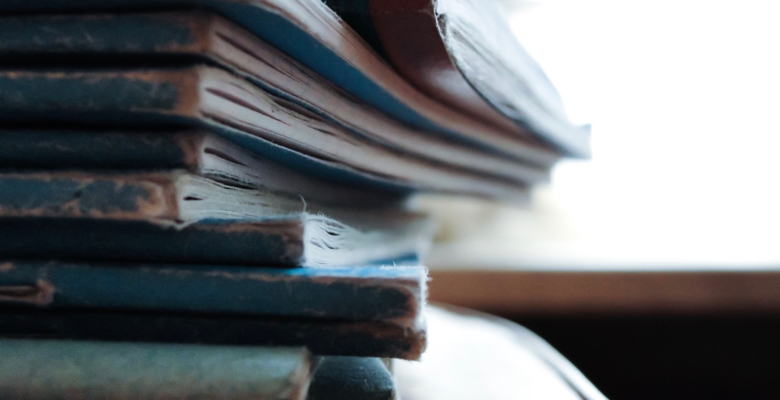A Simple System for Managing Paper
[caption id=“attachment_1971” align=“aligncenter” width=“780”] photo by John Mark Kuznietsov[/caption]
photo by John Mark Kuznietsov[/caption]
Most of the ideas in this post are borrowed or adapted from David Allen’s must-read book Getting Things Done. I use a modified version of GTD to run my entire life, and if you want the full story, check out my GTD tutorial posts.
Everybody loves a clean desk.
But without a system for managing paper, no desk stays pristine for long. Over time, our workspaces tend to fill up with stacks of loose paper, stressing us out and making our jobs harder.
Fortunately, it’s pretty easy to start managing paper more effectively. In this post, I’ll walk you through the GTD-based system I use. I’m no guru, but I have gotten good at corralling paper. My work desk pretty much always looks like this: This is easier to maintain than you might think. If you’re intrigued, read on.
This is easier to maintain than you might think. If you’re intrigued, read on.
What is it with paper?
Why do loose papers multiply on our desks, friends?
There are two main reasons.
- A piece of paper often represents a difficult decision we need to make (like an invitation to a good friend’s out-of-town wedding).
- The paper might be a physical reminder of some action we need to take (like a monthly water bill, for instance).
We know we need to deal with each of these pieces of paper, but we never seem to have the time. The solution? The humble letter tray.
The inbox: savior of the busy knowledge worker
Get a letter tray and keep it on your desk. This is your inbox. Every piece of paper that enters your life goes in the inbox.
Roughly once a day, you need to process your inbox. Each piece of paper must receive a moment of your full attention during which you ask a simple question:
“Is this actionable?”
In other words, does this piece of paper represent a commitment to some outcome? If so, add the corresponding task to your to-do list. If it’s a multi-step project (like applying for a grant), also add the project itself to a list entitled “Projects” (or something similar). Then file or trash the piece of paper (more on this in a minute).
A handy trick: If you have many piles of papers scattered around your workspace, start visualizing them as a single 3-foot stack. Like grains of sand through an hourglass, they can only be processed one at a time.
Use a simple filing system
Many papers aren’t actionable now, but might be useful as reference material. Simple enough: file them away. Manila folders in a filing cabinet is all you need.
Resist the urge to come up with a too-clever-by-half filing system. If it’s complicated, it’s going to be hard to maintain. Instead, ask yourself “when I’m looking for this in 6 months, what file will I look for?”
When in doubt, take a picture
Some papers aren’t worth filing away but seem to deserve a better fate then getting chucked in the recycling bin (thank-you notes fall into this category). For papers like this, just snap a picture with your smartphone and then recycle.
This isn’t a perfect system, I’ll admit, but it’s pretty darn close and requires very little time to maintain. If your desk is a mess, give it a try for a week and evaluate the results!